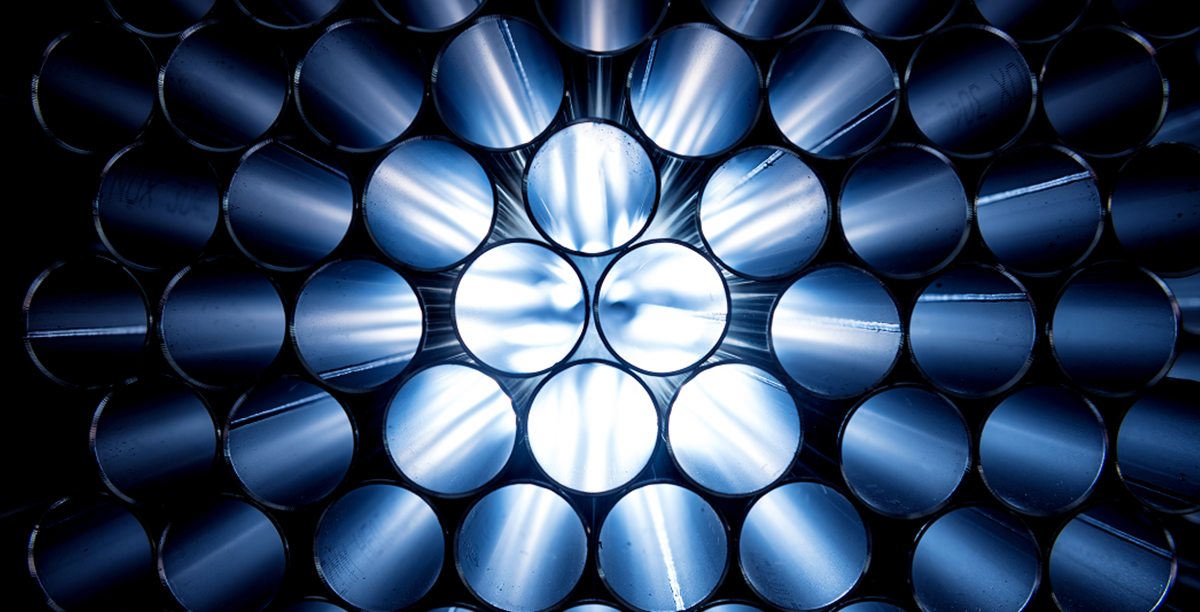What is CCUS?
Carbon Capture, Utilization, and Storage (CCUS) is an innovative technology aimed at capturing carbon dioxide (CO2) emissions from sources like power plants and industrial processes or directly from the atmosphere, before it enters the atmosphere. The captured CO2 can then be either reused or stored away from the atmosphere, mitigating global warming.

The first step involves capturing CO2 at its emission source, using various technologies to separate CO2 from other gases produced during processes like electricity generation or steel production.
Once captured, CO2 can be converted into useful products such as chemicals, concrete, or even fuels. This not only helps reduce the amount of CO2 released into the atmosphere but also turns a waste product into economic value. The final component of CCUS involves storing the captured CO2 safely underground in geological formations or through mineralization processes where CO2 is turned into solid minerals. This ensures that CO2 is permanently removed from the atmosphere.
CO2 can be safely stored underground in two main ways:
in deep geological formations or through mineralization. Geological formations, such as depleted oil and gas fields or deep saline aquifers, have natural layers of rock that can contain the CO2 securely. Over time, the CO2 may react with the surrounding rock to form stable minerals, effectively locking it away permanently.
CCUS plays a critical role in combating climate change. It allows a significant reduction of greenhouse gas emissions from heavy industries and power generation, sectors where reducing emissions is particularly challenging. By capturing and storing CO2, CCUS helps in meeting global climate targets set in international agreements like the Paris Agreement, aiming to limit global warming. CCUS can capture emissions from power plants fueled by coal, gas, or biomass. Industries such as cement, steel, and chemical manufacturing can significantly reduce their carbon footprints with CCUS. CO2 can be transformed into commercial products like synthetic fuels, plastics, and even in carbonated beverages, providing a new revenue stream to industries.
Various technologies are employed in CCUS
• Pre-combustion Capture: Gasification of fuel converts it into a gas mixture from which CO2 can be captured before combustion.
• Post-combustion Capture: CO2 is removed after fuel combustion, suitable for retrofitting existing power plants.
• Oxy-fuel Combustion: Burning fuel in pure oxygen results in a flue gas that is mainly water vapor and CO2, which is easier to capture.
Implementing CCUS technologies involves significant costs but also offers considerable economic benefits. CCUS means high initial investments in capture and storage infrastructure. Reduction in carbon tax liabilities and potential revenue from utilizing captured CO2 are among the benefits.
The adoption of CCUS is heavily influenced by national and international policies. Governments can support CCUS through financial incentives, subsidies or carbon pricing mechanisms, which makes investment in CCUS more attractive. Policies need to ensure economic viability while encouraging the adoption of this essential technology. International cooperation is critical for advancing CCUS. Agreements and collaborations can help standardize regulations, share technological know-how, and distribute the financial burdens and benefits of CCUS projects. National strategies often focus on integrating CCUS into broader climate action plans, supporting research and development, and creating frameworks for technology deployment.
CCUS is a vital technology in the fight against climate change, offering a way to drastically reduce CO2 emissions while also providing economic opportunities. Its development and deployment are supported by a mix of technological advancements, economic incentives, and supportive policies, all crucial for achieving a sustainable and low-carbon future.